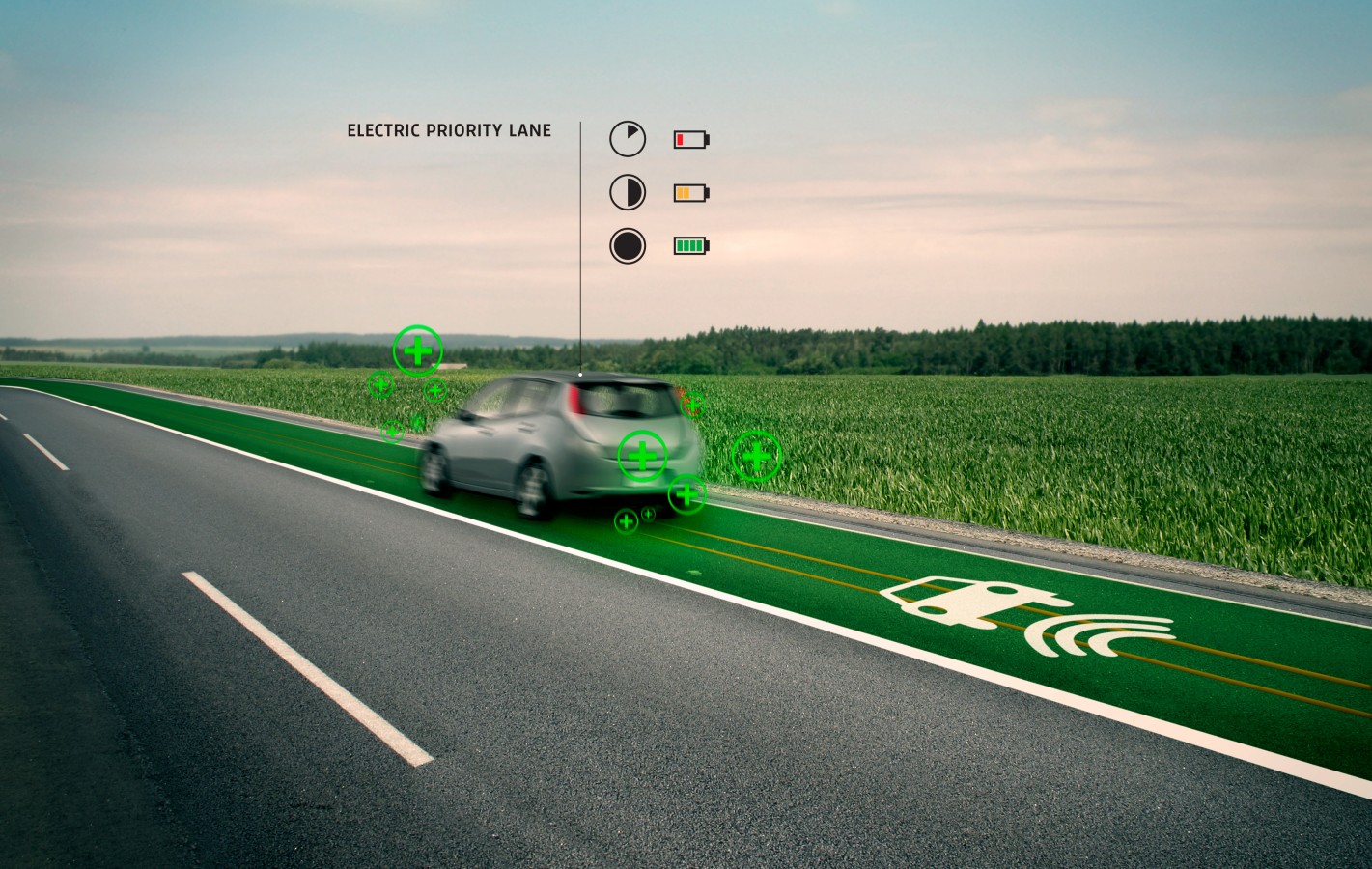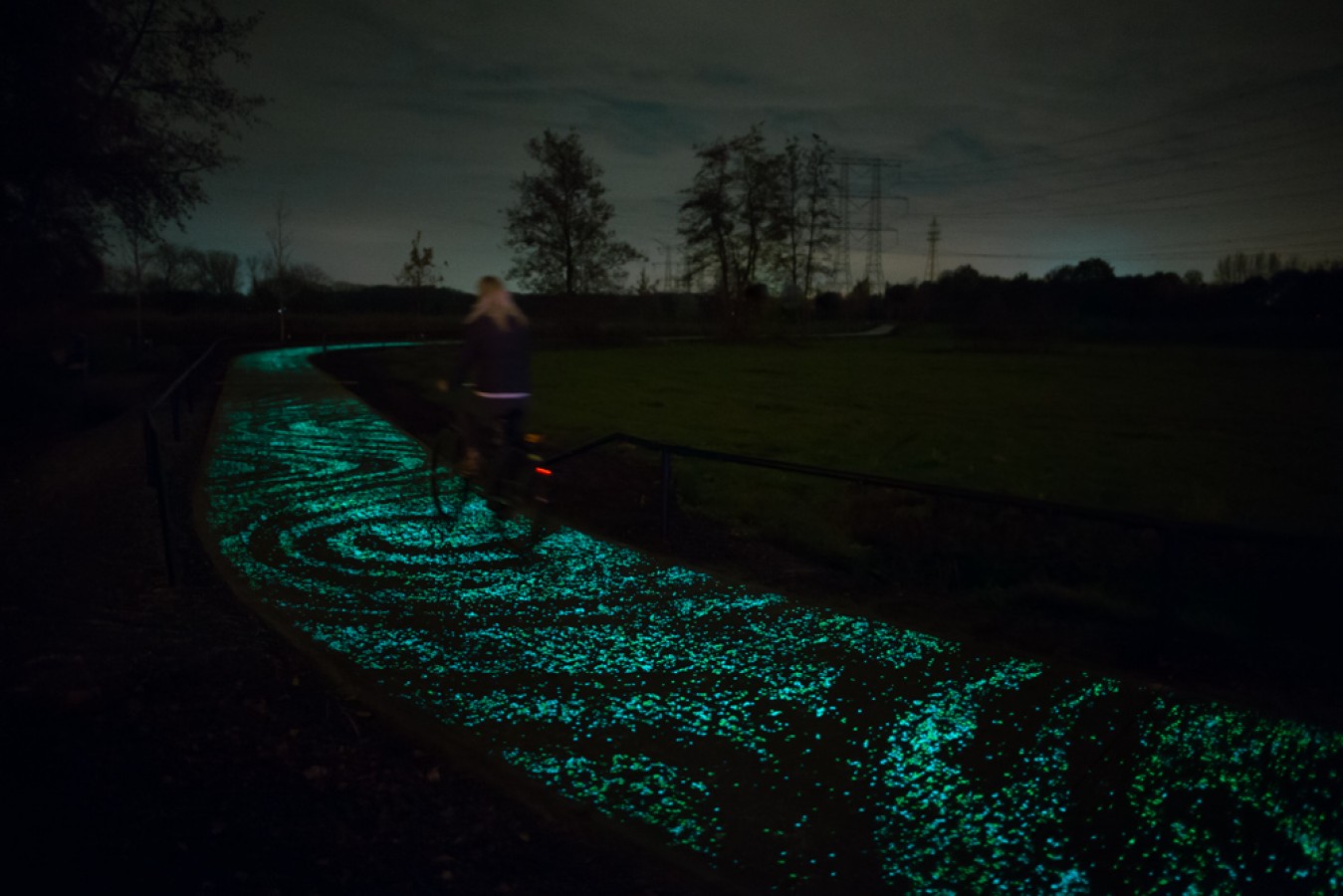Sun-smart auto painted in solar
Solar paint could be the answer to providing electricity for our sustainable future — perhaps not as efficiently as solar panels but in a more aesthetic and potentially simple way.
A number of companies are already testing the medium, painting house roofs, cars, roads and footpaths.
Scientists at the University of Toronto in Canada have developed a solar spray-on material for buildings; in the Netherlands they are painting cycle paths and highways with solar paint; and Mercedes Benz has unveiled a vehicle it describes as the Vision G-Code SUV finished in multi-voltaic silver paint that harvests solar and wind energy to recharge its batteries.

Mercedes-Benz Vision G-Code electric show car recharges its batteries using solar paint. Picture: www.mercedes-benz.com
The research team in the university’s department of electrical and computer engineering, supported by IBM Canada’s Research and Development Centre, has invented a new way to spray solar cells on to flexible surfaces using miniscule light-sensitive materials known as colloidal quantum dots — a major step towards making spray-on solar cells easy and cheap to manufacture.
Heading the team is Illan Kramer, a post-doctoral fellow, who said: “My dream is that one day you’ll have two technicians with Ghostbusters backpacks come to your house and spray your roof.”
He said solar-sensitive colloidal quantum dots printed on to a flexible film could be used to coat all kinds of weirdly shaped surfaces, from patio furniture to an aeroplane’s wing, to produce electricity from the sun. A surface the size of a car roof covered with dots-coated film would produce enough energy to power three 100watt light bulbs.
University of Toronto Professor Ted Sargent, vice-dean in the Faculty of Applied Science and Engineering and supervisor of the research, said: “As quantum dot solar technology advances rapidly in performance it’s important to determine how to scale them and make this new class of solar technologies manufacturable.”
According to Mercedes, the multi-voltaic paint it is using acts like “a giant solar cell with excellent efficiency”, recovering solar energy and relaying it into the car’s internal system. In addition, it can be charged electrostatically by the relative wind caused by driving. The Vision G-Code SUV also features what Mercedes calls “power on the move” suspension, which recovers energy from the motion of the suspension to generate electricity.
All these technologies come together to enable cars to travel further on a battery pack, especially if they manage to find an induction “priority lane” being proposed as a Smart Highways program.
 Picture: www.studioroosegaarde.net/project
Picture: www.studioroosegaarde.net/project
This will use an induction-charging technology embedded under the road surface so electric cars can be recharged as they drive along.
These cars could also create electricity in what researchers tag as a “wind light” system. When driving along the highway the wind they induce activates roadside turbines that provide the electricity for recharging cars and to provide electricity for street lighting.
 Picture: www.studioroosegaarde.net/project
Picture: www.studioroosegaarde.net/project
Illuminated traffic lines are providing added safety for motorists on a stretch of the N329 highway in Oss, the Netherlands. Funded by Brabant Knowledge Centre for the Arts and Culture as part of the Smart Highways program, these glowing traffic lines are using luminescent paint charged by solar energy during the day, which then glows for up to 10 hours when it gets dark on the road surface of highways.
This means that the road markings have higher visibility than standard paint.
© The West Australian
More Technology news: thewest/business/technology









